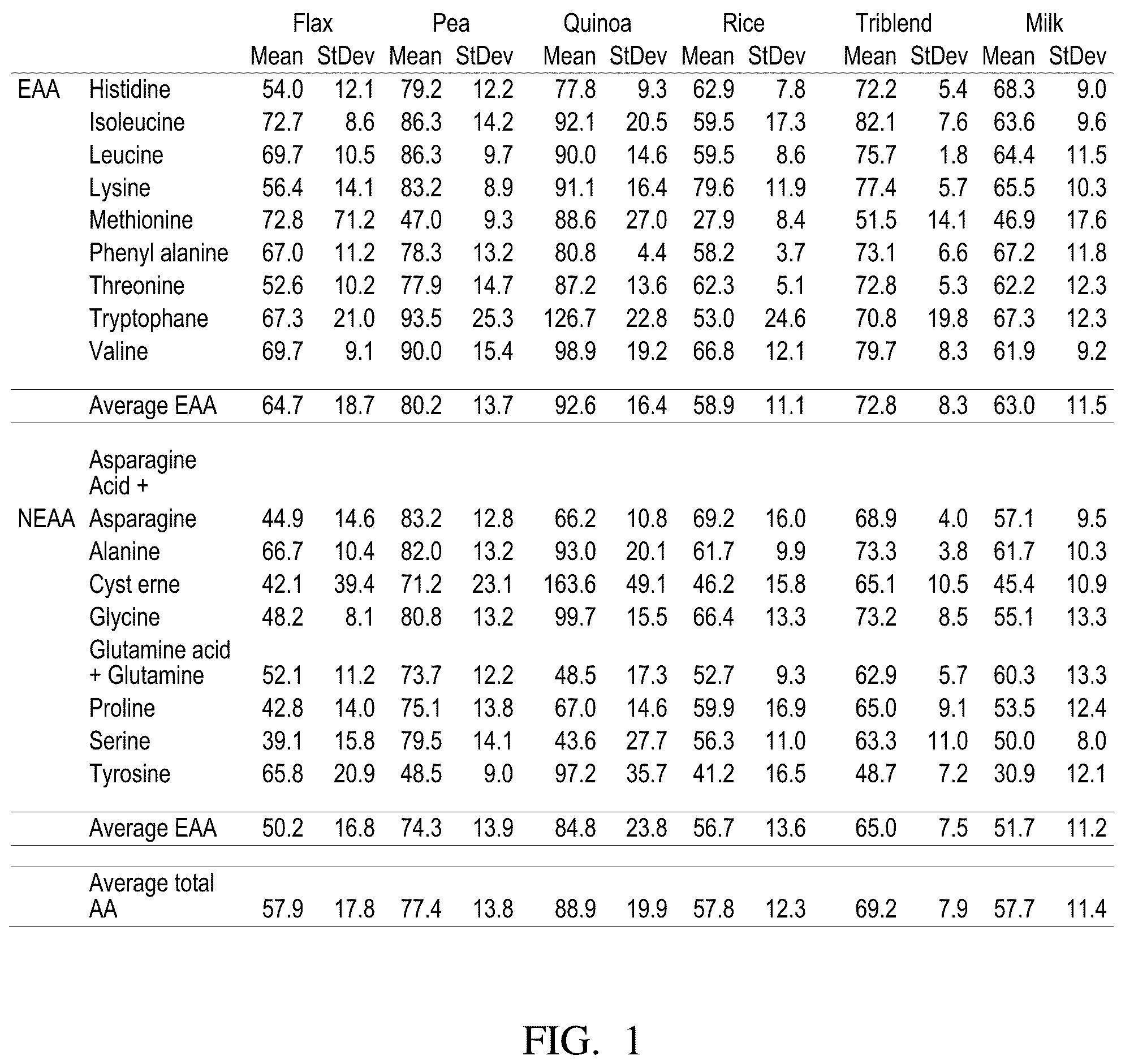Herbalife has filed a patent for a plant-based protein blend composition that includes pea protein, quinoa, rice protein, and flaxseed. The composition aims to provide a high-quality and easily digestible blend, comparable to milk protein, without the use of soy or soy-based products. GlobalData’s report on Herbalife gives a 360-degree view of the company including its patenting strategy.

Discover B2B Marketing That Performs
Combine business intelligence and editorial excellence to reach engaged professionals across 36 leading media platforms.
According to GlobalData’s company profile on Herbalife, low glycaemic index foods was a key innovation area identified from patents. Herbalife's grant share as of June 2023 was 1%. Grant share is based on the ratio of number of grants to total number of patents.
Plant-based protein blend composition without soy or soy-based product

A recently filed patent (Publication Number: US20230200425A1) describes a plant-based protein composition that does not contain soy or soy-based products. The composition includes legume protein, flax seed, whole grain protein, and quinoa. It is specifically mentioned that no dairy products are present in the composition. Despite the absence of dairy, the digestibility of the composition is said to be comparable to milk protein. The legume protein used is pea protein, the flax seed is in the form of flax seed powder, the whole grain protein is rice protein isolate, and the quinoa is in the form of quinoa seed powder.
The patent further specifies the proportions of the different components in the plant-based protein composition. It states that the composition can contain about 5% to about 60% flax protein, about 50% to about 80% pea protein, about 3% to about 15% quinoa protein, and 5% to about 20% rice protein. In one specific example, the composition is described to have 15% flax protein, 69% pea protein, 6.9% quinoa protein, and 9.3% rice protein.
Additional ingredients can be added to the plant-based protein composition, such as flavoring agents, sweeteners, coconut blossom nectar powder, inulin, oat fiber, acerola cherry extract, rice fiber, steviol glycosides, and various vitamins and minerals including vitamin C, phosphorus, iron, zinc, copper, manganese, chromium, molybdenum, and salt.
The patent also describes a method of providing a plant-based protein composition with comparable digestibility to milk protein. This involves providing a composition containing flax protein, pea protein, quinoa protein, and rice protein to a subject. The proportions of these proteins can be similar to those mentioned earlier. The method can be used to provide plant-based protein multiple times per day, at a meal, or in a beverage to the subject.
Furthermore, the patent describes a plant-based wellness protein shake product that is free from soy and dairy. This product consists of about 90% to 99% of the plant-based protein composition and about 1% to about 10% water. The composition includes flax protein, pea protein, quinoa protein, and rice protein.
The patent also includes a method of making a plant-based protein shake product without soy and dairy. This involves mixing the plant-based protein composition in water to achieve the desired thickness, and optionally adding ice or fresh fruits and vegetables to the mixture.
In summary, the patent describes a plant-based protein composition that does not contain soy or dairy products, but still provides comparable digestibility to milk protein. The composition includes legume protein, flax seed, whole grain protein, and quinoa. Various proportions and additional ingredients can be used to create different products, such as a protein shake or a food product.
To know more about GlobalData’s detailed insights on Herbalife, buy the report here.
Data Insights
From

The gold standard of business intelligence.
Blending expert knowledge with cutting-edge technology, GlobalData’s unrivalled proprietary data will enable you to decode what’s happening in your market. You can make better informed decisions and gain a future-proof advantage over your competitors.




